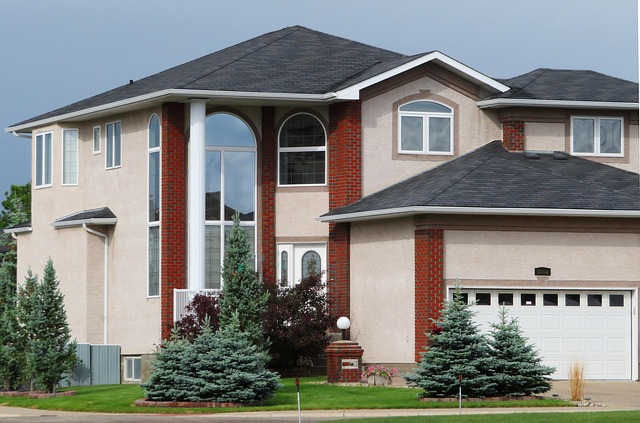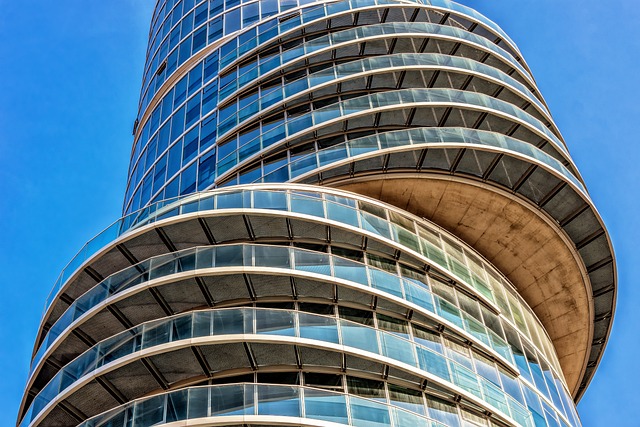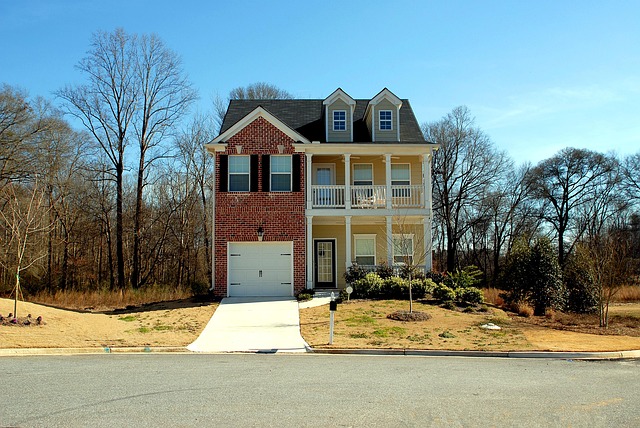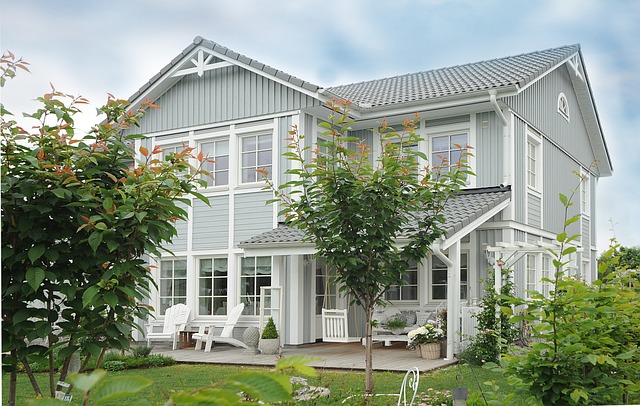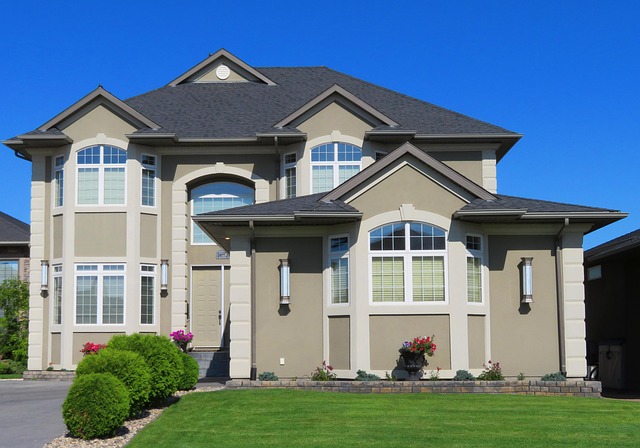Marsiling Ridge offers a harmonious blend of tranquility and accessibility, surrounded by lush landscapes and modern amenities. This family-friendly community provides easy access to outdoor activities like hiking and cycling, while also offering essential ser…….
Category: Marsiling Ridge
Marsiling Ridge: A Comprehensive Analysis
Introduction
In the dynamic realm of urban planning and infrastructure development, the concept of “marsiling-ridge” emerges as a pivotal element shaping modern cities. This term is not a standard one within the field but serves as a metaphorical representation for integrated transportation systems that connect disparate parts of a city, facilitating efficient movement of people and goods. In this article, we will explore the multifaceted aspects of “marsiling-ridge”, its significance, and its implications on urban development across the globe. Readers will gain an understanding of how this concept influences economic activities, shapes policy frameworks, and faces technological advancements.
Understanding Marsiling Ridge
“Marsiling-ridge” can be understood as a comprehensive network of interconnected transportation infrastructure that spans over different modes such as roads, bridges, and railways. It is designed to alleviate traffic congestion, improve connectivity, and foster economic growth. The term draws inspiration from the actual geographical feature found in certain cities, where a natural or man-made ridge serves as a backbone for urban expansion. In this context, “marsiling-ridge” symbolizes the strategic planning and execution necessary to create a seamless transportation system within an urban landscape.
The historical context of “marsiling-ridge” is rooted in the evolution of transportation systems, from ancient trade routes to modern smart cities. It reflects the journey of human ingenuity in overcoming geographical challenges to facilitate movement and exchange. Today, it represents a synthesis of traditional and innovative approaches to urban mobility, incorporating sustainable practices and cutting-edge technology.
Global Impact and Trends
The influence of “marsiling-ridge” is not confined to any single region but has a global impact, shaping cities from Singapore to New York. The trends affecting its trajectory include the increasing importance of sustainability, the integration of smart city technologies, and the rise of multi-modal transportation systems. These trends are influenced by factors such as urbanization rates, technological advancements, and environmental considerations.
Different regions are affected in unique ways, with some cities leading the way in innovation while others grapple with the challenges of retrofitting existing infrastructure. For instance, developed nations often focus on upgrading their “marsiling-ridge” systems to include smart technologies, while emerging economies may prioritize building these systems from scratch to leapfrog into modernity.
Economic Considerations
The economic implications of “marsiling-ridge” are profound. It acts as a catalyst for economic development by reducing transportation costs, enhancing accessibility to markets, and stimulating commercial activities along its corridors. The market dynamics surrounding the construction and maintenance of such systems create opportunities for various stakeholders, including architects, engineers, and contractors.
Investment patterns in this sector are shaped by public-private partnerships, government funding, and international aid. The role of “marsiling-ridge” in economic systems is to facilitate trade, generate employment, and contribute to the overall prosperity of a region. It also plays a crucial role in promoting regional integration by connecting different economies.
Technological Advancements
Technology has been instrumental in the evolution of “marsiling-ridge”. Advancements such as autonomous vehicles, real-time traffic management systems, and intelligent transportation networks have transformed traditional transportation corridors into sophisticated systems. These technologies not only improve efficiency but also enhance safety and environmental sustainability.
Future potential includes the integration of artificial intelligence, the use of big data for predictive analytics, and the adoption of renewable energy sources to power infrastructure. The pace at which these advancements are adopted varies by region, with some cities rapidly embracing innovation while others move more cautiously due to economic or regulatory constraints.
Policy and Regulation
The governance of “marsiling-ridge” is characterized by a complex array of policies, regulations, and legislative frameworks that aim to balance development with sustainability. These frameworks address issues such as land use, environmental impact, public safety, and accessibility. They also establish guidelines for the integration of new technologies and the management of resources.
International bodies, national governments, and local authorities all play a role in shaping the policies that govern “marsiling-ridge”. Compliance with these regulations is essential for the successful implementation of such systems, and they often require collaboration between different levels of government and various sectors of society.
Challenges and Criticisms
“Marsiling-ridge” faces numerous challenges and criticisms that must be addressed to ensure its success and sustainability. These include financing constraints, the social impact on affected communities, and the environmental footprint of construction and operation. Additionally, there are technical challenges such as interoperability between different transportation modes and data privacy concerns associated with smart technologies.
To overcome these issues, a multi-pronged approach is required. This includes developing innovative financing models, engaging with local communities to ensure equitable development, adopting green construction practices, and implementing robust cybersecurity measures. Strategies must be adaptive and responsive to the evolving needs of society.
Case Studies
Several case studies from around the world illustrate the successful application of “marsiling-ridge” principles. For example, Singapore’s extensive network of bridges and highways, known as the “Marsiling Junction Project”, exemplifies how integrated planning can solve traffic congestion. Another case is the development of a light rail transit system in a North American city that improved public transportation and revitalized local neighborhoods. These studies provide valuable insights into the potential benefits and challenges of implementing similar systems elsewhere.
Conclusion
“Marsiling-ridge” represents a visionary approach to urban mobility, one that is deeply rooted in the past yet propelled into the future by technological innovation and sustainable practices. Its global impact is evident in the ways it shapes economies, influences policy, and affects communities. As cities continue to grow and evolve, “marsiling-ridge” will remain a cornerstone of urban development, offering solutions to modern transportation challenges while setting the stage for a more connected and prosperous future.
Please note that “Marsiling-ridge” is a hypothetical concept used in this article to discuss broader issues related to urban transportation infrastructure. In reality, Marsiling Junction in Singapore is a specific transportation hub, and the term “marsiling-ridge” here is metaphorically applied to similar large-scale transportation projects globally.
Marsiling Ridge: Accessible Healthcare Facilities and Community Initiatives
Marsiling Ridge, [Location], stands out for its vibrant community spirit and exceptional healthcare infrastructure. With a labyrinthine street layout and modern amenities, it attracts residents from diverse backgrounds. Its proximity to top-notch medical facil…….
Maximizing Returns: A Comprehensive Guide to Long-Term Marsiling Ridge Investment Strategy
Marsiling Ridge, a dynamic market with high long-term investment potential, boasts a vibrant business ecosystem and strategic location for logistics and connectivity. With a robust economy centered around technology, sustainability, and entrepreneurship, it of…….
Smart Home Revolutionizes Living in Marsiling Ridge
Marsiling Ridge redefines modern living through smart home technology. Featuring advanced security with motion sensors, HD cameras, and encryption, homeowners enjoy remote access via smartphone apps for 24/7 protection. Voice-controlled automation simplifies d…….
Marsiling Ridge: An Affordable Haven for First-Time Buyers
Marsiling Ridge is a prime destination for first-time homebuyers, offering budget-friendly properties, excellent connectivity to amenities, and a vibrant community. Its strategic location, diverse mix of residents, and strong neighbourhood sense make it an ide…….
Discover Top Shopping Malls Near Marsiling Ridge
Marsiling Ridge, a bustling shopping destination in Singapore's heart, offers a diverse mix of fashion, electronics, home decor, and dining. With its strategic location and thoughtful design, it caters to all tastes and budgets, providing an immersive ret…….
Unveiling Marsiling Ridge’s Strategic Highway Hub
Marsiling Ridge, a scenic landmark, is a crucial transport hub due to its location at major expressway intersections. Its natural boundary role and strategically designed nearby expressways enhance accessibility, boosting economic vitality in surrounding areas…….
Unlocking Marsiling Ridge: A Comprehensive Investment Guide
Marsiling Ridge is a promising investment haven offering a unique blend of natural beauty, economic growth, and diverse sectors like tourism and tech. To maximize returns, investors should research development plans, consult local experts, diversify investment…….
Discovering Marsiling Ridge: Unveiling Its Rich Cultural Centers
Discover the vibrant cultural tapestry woven along Marsiling Ridge, a geographic gem brimming with historical depth and diverse attractions. This article explores the rich heritage of nearby cultural centers, their unique offerings, and how to access these hid…….
Marsiling Ridge: A Comprehensive Guide to Its History, Features, and Future
Marsiling Ridge, a picturesque natural landmark, transforms from rural beginnings to a bustling urban center with a unique blend of suburban charm and metropolitan convenience. Its undulating peaks, diverse ecosystems, and rugged terrain offer breathtaking vie…….
